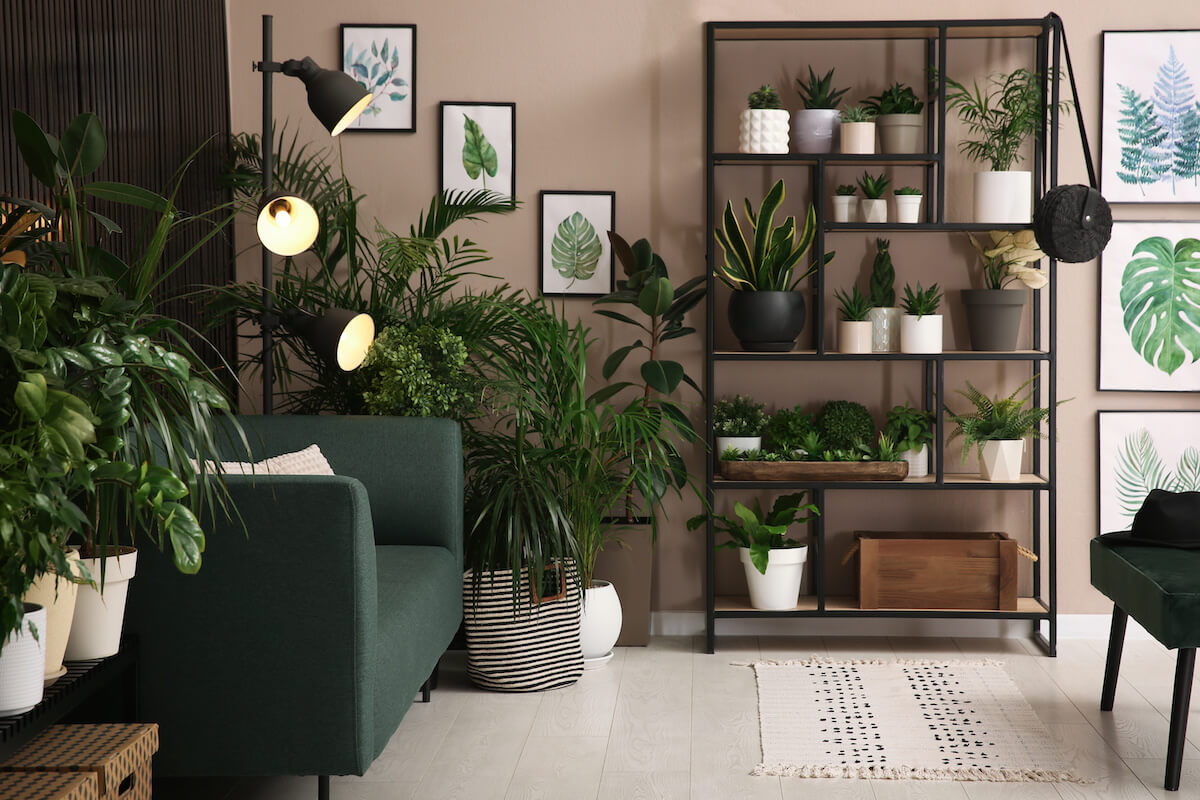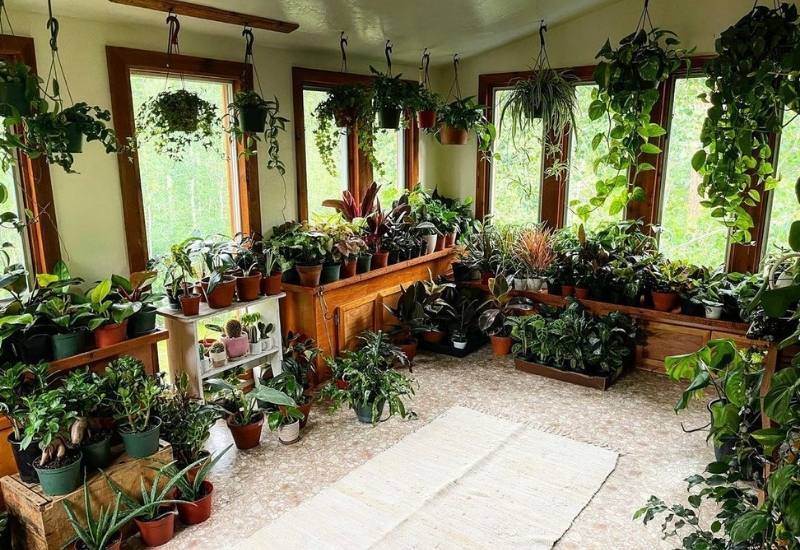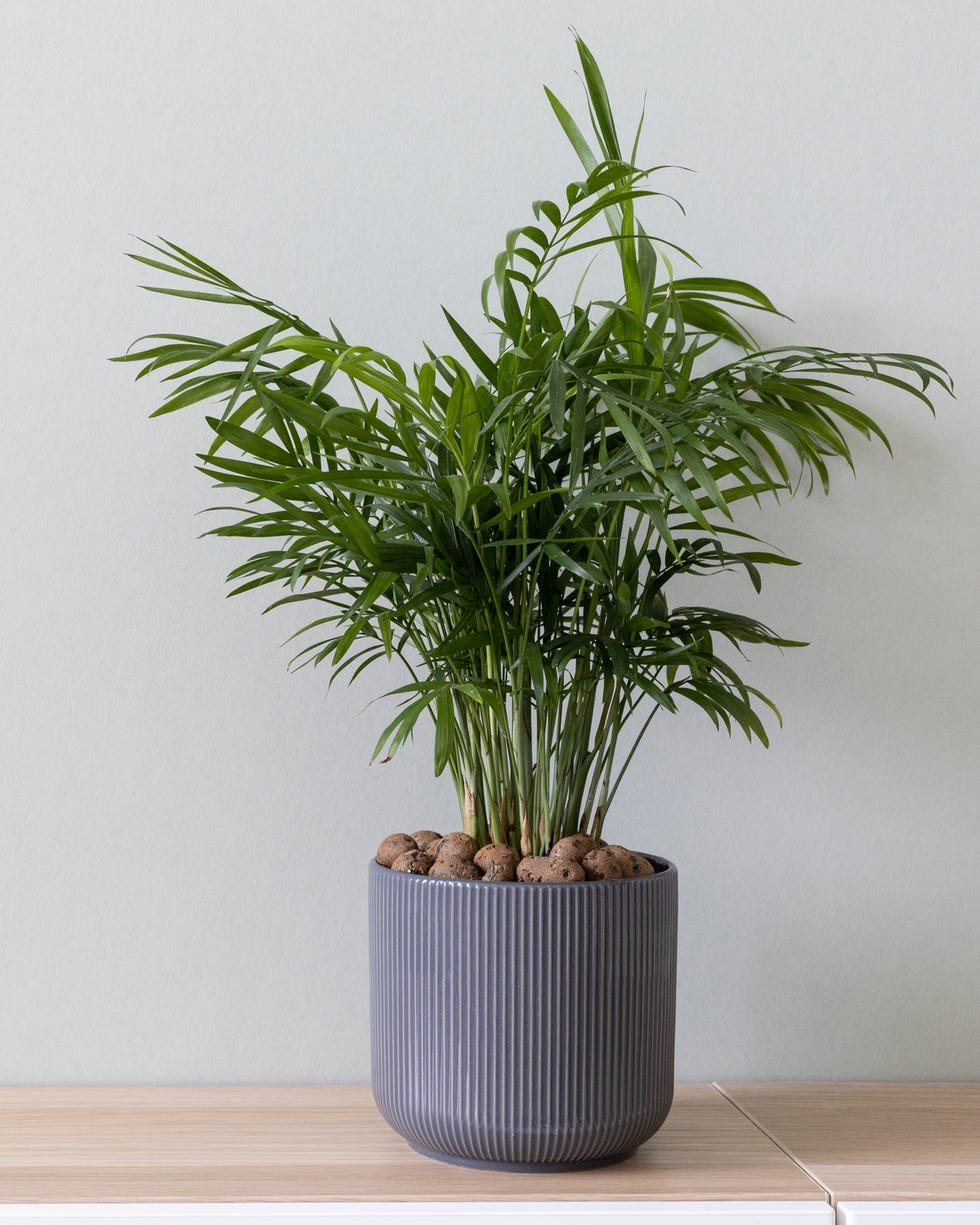Transform Your Home With Beautiful Low-Light Indoor Plants and Their Advantages
Integrating low-light indoor plants right into your home can significantly enhance both the ecological and aesthetic quality of your living rooms. These plants, which thrive in dark conditions, serve not just as attractive elements however additionally as natural air cleansers, making them ideal for urban residents or those with limited sunlight direct exposure. As we explore the various types of low-light plants and their benefits, you may locate surprising means to integrate them right into your home that can transform your surroundings in methods you may not have actually expected.
Advantages of Low-Light Plants
Low-light plants provide various advantages for interior settings, making them a superb option for both amateur and knowledgeable garden enthusiasts. One of the key advantages is their adaptability to low-light problems, allowing people to boost their space without the requirement for substantial sunshine exposure. This characteristic makes them perfect for apartment or condos, workplaces, and various other locations with minimal all-natural light.

Additionally, including low-light plants right into home decoration can elevate the aesthetic charm of a space. Their rich vegetation and differed structures produce a relaxing environment, adding to general well-being. The presence of plant has been linked to minimized tension levels and boosted productivity, making low-light plants a practical option for improving both mental and physical health in interior settings.
Leading Low-Light Indoor Plants
While numerous indoor plants thrive in brilliant light, a number of varieties are especially fit for low-light problems, making them ideal for various interior areas. One prominent option is the Serpent Plant (Sansevieria), understood for its striking upright leaves and durability, requiring marginal care. An additional exceptional choice is the Pothos (Epipremnum aureum), which features heart-shaped fallen leaves and can trail beautifully from racks or wall mounts, thriving in reduced light and including a rich touch.
The ZZ Plant (Zamioculcas zamiifolia) is commemorated for its glossy fallen leaves and ability to stand up to overlook, making it best for active lifestyles. Similarly, the Tranquility Lily (Spathiphyllum) not just tolerates reduced light but additionally generates sensational white flowers, boosting any kind of space's visual.
For a special touch, think about the Cast Iron Plant (Aspidistra elatior), which indeed measures up to its name, thriving in the darkest edges of your home. The Chinese Evergreen (Aglaonema) provides a range of leaf patterns and colors while being exceptionally flexible in low-light conditions. These plants not just improve interior settings yet also contribute to air purification, boosting your home.
Care Tips for Low-Light Plants

Watering methods are essential; these plants usually like slightly dry conditions. Overwatering can cause root rot, so guarantee that the leading inch of soil is completely dry before sprinkling again. Use pots with drainage holes to permit excess dampness to run away.
Humidity is an additional crucial element. Numerous low-light plants, such as ferns and peace lilies, take advantage of greater moisture levels. To boost humidity, take into consideration misting the fallen leaves or positioning a tray of water near the plants.
Fertilization must be come close to with caution. During the expanding season, make use of a thinned down, balanced liquid plant food monthly to support growth, but stay clear of fertilizing during the dormant cold weather.

Creative Ways to Present Plants
Interior plants can function as exciting centerpieces in any room, boosting both aesthetic charm and atmosphere. Imaginative screens can raise the aesthetic impact of low-light plants, making them an important component of your home style. One effective technique is to use tiered plant stands, which enable you to showcase several plants at varying elevations while maximizing floor room.
Hanging planters are one more innovative alternative, producing a feeling of depth and attracting the eye up. try this web-site Think about macramé hangers or wall-mounted racks to introduce an unique texture and design.
For an extra structured technique, use geometric terrariums or glass containers to house your plants, including a contemporary touch to your interior yard. You can likewise repurpose vintage items, such as teacups or wood dog crates, for a diverse display that shows your individuality.
Enhancing Home Setting With Plants
Integrating low-light plants into your home not just enhances aesthetic allure however also adds significantly to the overall atmosphere. These plants work as all-natural design aspects, introducing a sense of tranquility that can transform any kind of room. The existence of greenery promotes a soothing ambience, which is particularly beneficial in high-stress environments such as office or living rooms.
Low-light plants, such as snake plants, pothos, and ZZ plants, are not just cosmetically pleasing yet likewise enhance indoor air quality by filtering toxins. This dual function enhances the setting even more, developing a much healthier living room (Best low-light indoor plants). The calculated placement of these plants can also affect the understanding of area; for circumstances, high plants can draw the eye upwards, making ceilings show up greater and areas extra spacious
Furthermore, differing textures and colors of foliage include deepness to interior decoration, permitting imaginative expression in home designing. Whether placed on shelves, in edges, or as focal points, low-light plants can elevate the mood of any kind of area. In recap, integrating these plants into your home is an efficient way to foster a warm, welcoming atmosphere while gaining the advantages of enhanced air top quality and visual adaptability.
Conclusion
Integrating low-light indoor plants right into home environments supplies numerous advantages, consisting of improved aesthetic allure and enhanced air quality. These durable plants, such as the Snake Plant and Peace Lily, call for very little light and upkeep, making them appropriate go to the website for diverse way of lives. Their capacity to filter toxins adds to a healthier space, while their different textures and colors improve indoor decoration (Best low-light indoor this post plants). Eventually, the addition of low-light plants fosters a serene and inviting ambiance, transforming any type of home into a peaceful sanctuary.
While numerous indoor plants flourish in brilliant light, a number of types are particularly well-suited for low-light conditions, making them perfect for different interior spaces. One reliable method is to make use of tiered plant stands, which permit you to showcase multiple plants at differing elevations while making the most of floor space.
Low-light plants, such as serpent plants, pothos, and ZZ plants, are not only aesthetically pleasing but likewise boost interior air top quality by filtering system pollutants. Best low-light indoor plants. The tactical placement of these plants can additionally affect the understanding of space; for circumstances, high plants can draw the eye upward, making ceilings appear greater and rooms a lot more spacious
These resistant plants, such as the Snake Plant and Tranquility Lily, call for very little light and maintenance, making them appropriate for varied way of livings.